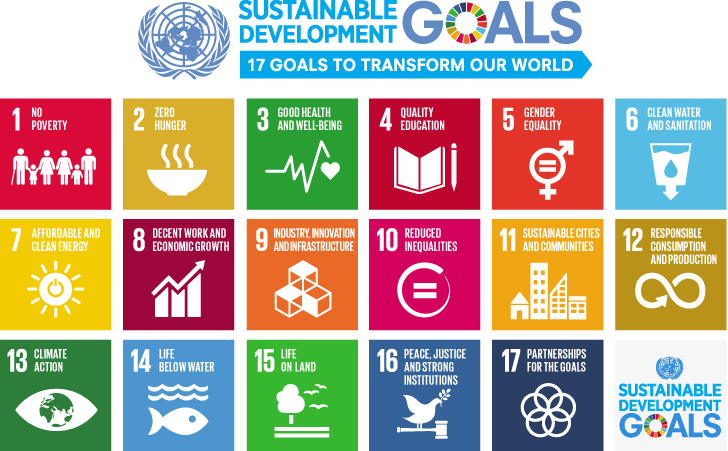
Fourteen out of 17 UN Sustainable Development Goals have been integrated into student travel and community engagement experiences in six Asian countries offered by GROUND Asia.
The new move establishes direct structural links between each of GROUND Asia’s 50 educational journeys and specific UN sustainable development goals (SDGs).
For example, the Rural Business Development Study trip in Cambodia supports goals 1, 8, 9, 10, 11: poverty alleviation; decent work and economic growth; industry innovation and infrastructure; reduced inequalities; and sustainable cities and communities.
The Physiotherapy in Vietnam student journey supports goal 3: good health and well-being.
Mangrove Protection in Bali supports goals 11 to 15: sustainable cities and communities; responsible consumption and production; climate action; life below water; life on land; and so on.
In the new SDG affiliation, GROUND Asia also clearly identifies learning outcomes that students can expect from each trip.
“GROUND Asia is now fully committed to delivering destination experiences that advance the UN’s SDG agenda,” says Lauren Groves, General Manager of Thailand-based GROUND Asia.
She adds: “The UN SDGs are not going to be achieved without the efforts of many individuals, companies, NGOs, and civic organizations around the world. So, as GROUND Asia is dedicated to the triple bottom line, we are doing what makes sense and committing to a wider, more noble set of goals through educational travel.”
Since 2015, GROUND Asia has worked with some of the most disadvantaged communities in Southeast Asia. These include people who are vulnerable or struggling with poverty, lack of access to services and infrastructure, and even the early adverse effects of climate change.
“The communities we work with stand to gain the most if we achieve UN goals, but will be negatively impacted, disproportionately, if we fail,” says Groves.
UN SDGs were the targets formulated by world leaders at the United Nations Sustainable Development Summit in New York in 2015. The goals act as practical guide to developing a more sustainable and prosperous global society by 2030.
The 17 Goals and 169 targets address a broad range of topics including poverty, fighting inequality and injustice, and tackling climate change. Each of the 169 targets has between one and three progress indicators. In total, 232 indicators will measure compliance.
The UN says that the identified goals cannot be achieved by governments alone. Extensive global collaboration across a broad range of stakeholders and institutions – including educational ones – are required to make progress.



















